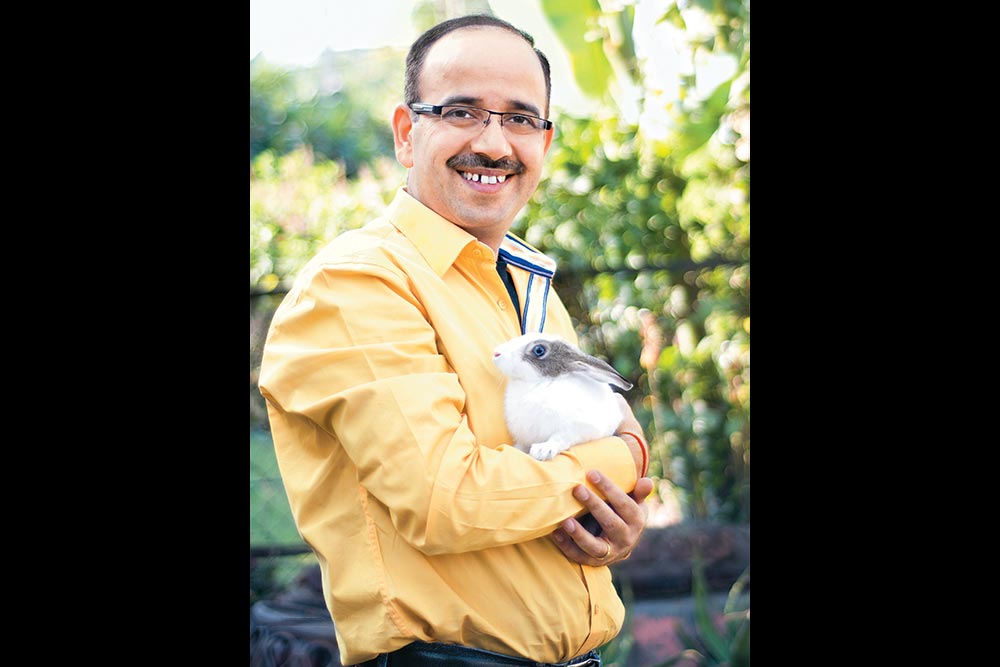For a bank owned by the Hindujas, the billionaire non-resident Indians, and inaugurated amidst great pomp by prime minister Manmohan Singh in 1994, IndusInd lost the plot in the subsequent decade as private sector peers, HDFC Bank and ICICI Bank, gained ground. By 2008, IndusInd was stuck in a rut with a business that was just fetching it 1.3% in net interest margin (NIM, the difference between the costs of borrowing and lending) and was saddled with bad loans . It was around this time that Ramesh Sobti, country head of ABN Amro Bank, joined the bank with his team. Since then it has been a remarkable turnaround for the bank, thanks to a team that came in at a time when the financial markets and banking system were roiling under the global credit crisis.
Under the new management, the bank has seen quite a few rounds of capital raising that has resulted in the promoter’s stake falling from 28% in March 2007 to 17.4% and the paid-up capital rising from ₹319 crore to ₹522 crore as on date. But the growth that the bank has since managed has caught the eye of investors, with the market cap vaulting over 5 times from around ₹4,000 crore in early 2008 to a little over ₹22,000 crore today. The first phase was committed to identifying problem areas and turning around an entity languishing under highly stressed assets. This was achieved by streamlining and consolidating the business. That done, the next phase is now focused on growth.
The bank’s latest round of equity dilution to raise ₹2,000 crore through a QIP by the end of 2012 has brought with it the tantalising ability to fund its future growth. More importantly, it’s come in at the right time: the economy is coming out of its lean patch, and interest rates and the capex cycle are on the cusp of a reversal. Not surprisingly, IndusInd wants to add 100 new branches a year. The bank currently has 441 branches and it wants to expand to 500 branches by FY13 and 640 branches by FY14. The rise in the number of branches will bring several positives: improved penetration, revenues and better current account-savings account (CASA) ratios.
Bankable growth
The new management team, has got an extension for another three years to help the bank focus on its next level of growth. Profits have seen a CAGR of 35.8%, NIM has improved from 1.5% to 3.5%, return on assets (RoA) from 0.6% to 1.6% and net NPA is down to 0.3% from 2.3%. As on date, corporate finance contributes around 51% of the bank’s total book (of which 95% is working capital loans) and the rest is consumer finance loans (50% commercial vehicle, or CV, financing). Going forward, the management expects the mix to stay the same.
That’s showing in the numbers. In the current fiscal, for the second quarter the bank’s loan book saw a sturdy y-o-y growth of 31% at ₹39,427 crore, and strong deposit growth of 24% at ₹47,765 crore. This growth is driven by a 45% y-o-y growth in the bank’s consumer finance portfolio. Net interest income growth of 22% y-o-y, backed by a strong portfolio in vehicle finance, was another highlight. IndusInd has over 620 independent and exclusive vehicle finance locations and this will help scale up its business in the coming years. Backed by its promoter’s Ashok Leyland connection, the bank runs a concentrated CV lending book, with negligible slippages. Low defaults is due to the fact that about 70% its vehicle finance clients are repeat customers.
NIM improved slightly by 3 basis points (bps; 100 bps is equivalent to 1%) to 3.25% q-o-q in Q2FY13 as the cost of deposits declined by 18 bps — this happened because of a fall in bulk deposit rate while yield on advances remain flat sequentially. While the yields on the asset side are predictable, the changing mix on the liabilities side can provide an upward push to NIMs.
Primed for growth
The economy is turning around slowly and an investment-friendly environment is emerging fast. The banking sector itself is acquiring a better macro perspective, which will ensure the sector gets re-rated favourably. The interest rate cycle has peaked out and I expect inflation to moderate in the future. It’s only a matter of time before the Reserve Bank of India announces a reduction in interest rate, and the capex cycle commences.
IndusInd will be one of the biggest beneficiaries of the interest rate downtrend: half of its loan book has fixed interest structure with 18 months’ duration. The fixed rate nature of loans would decline at a slower pace than the rates of wholesale deposits with shorter duration, resulting in higher margins over the next few quarters.
I expect the bank’s earnings to rise at a compounded rate of 25% over the next two years. However, it will have to keep improving its source of low-cost deposits and maintain its current asset mix (50% consumer finance, 50% corporate finance) side by side. The risk is that a slowdown in the sale of CVs could impact the bank’s earnings and margins.
For now, IndusInd could well leap ahead of its competition: it has a comfortable capital adequacy ratio, a well-balanced advance portfolio, a strong franchisee, good asset quality and a clearly defined growth strategy. The bank has been quoting at a premium to Yes Bank, thanks to its strong performance, and at a discount to HDFC Bank, over the past two-three years. It is currently quoting at a price-to-book of 3.4 to FY13 earnings, and three to FY14 earnings. My assessment is that considering the stock’s history and a multiple of 3.5x book, IndusInd can move up to ₹495 levels in 12 to 15 months.












 Just one email a week
Just one email a week